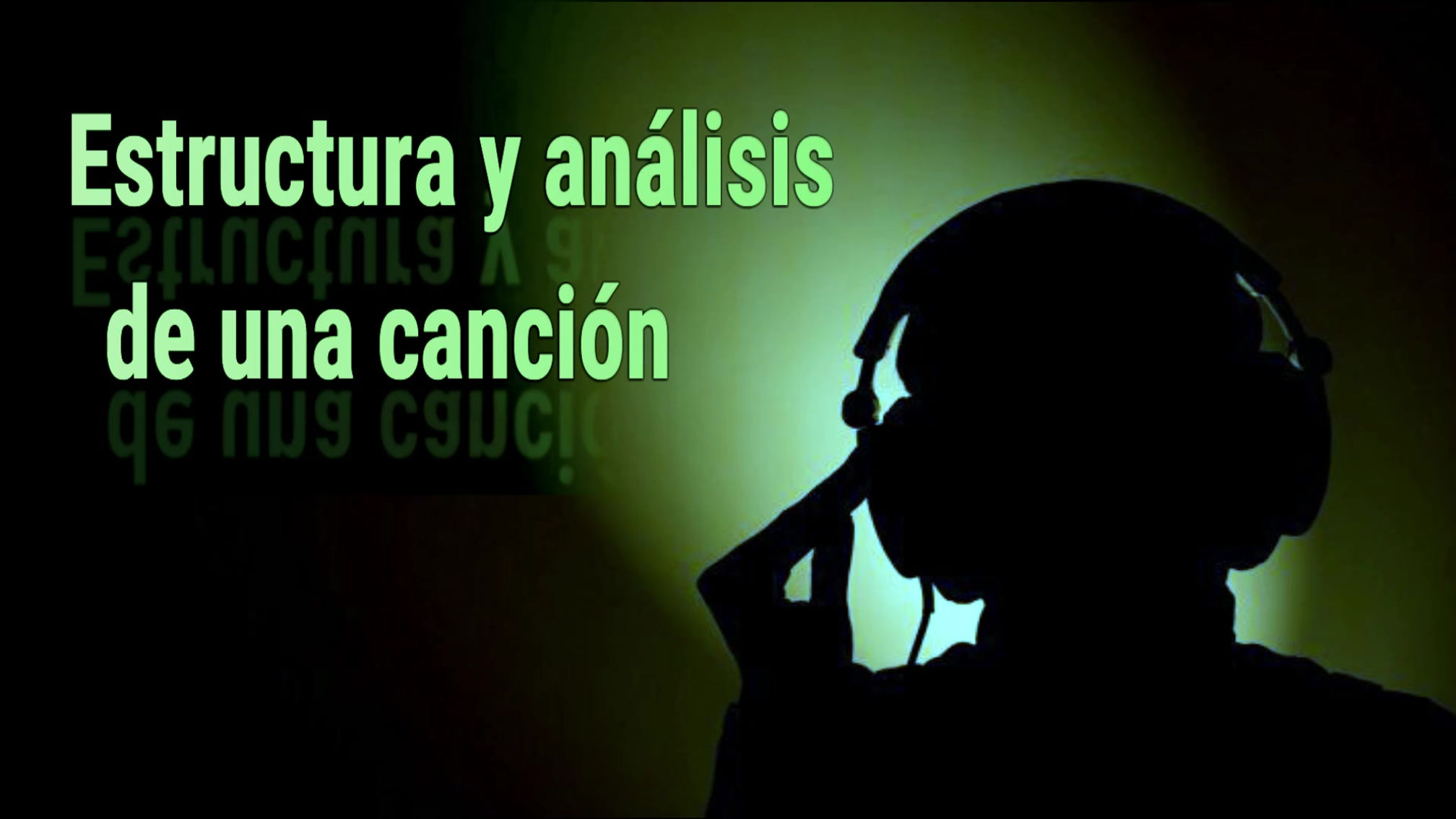
THE CLASSIFICATION OF VOICES

The vocal classification as a class reference, is losing its solidity as we know it, since the vocal technique and the different _cc781905-5cde-3194-bb3b- 136bad5cf58d_musical styles, represent a phenomenon progressive in the advances of vocal emission._cc781905-5cde-3194-bb3b_136bad5cf58d5
What is the difference between vocal range and tessitura?
The vocal range is the space between the highest and lowest note you can produce.
The tessitura is the area within that vocal range, in which you are comfortable _cc781905-5cde-3194-bb3b-136 comfortable singing Voice flows naturally and effortlessly.
In this table you can observe the different classifications of voices that are performed in classical singing, according to their tesitura. Normal for a singer would be a minimum of two scales.

Tenor (de re3 a_cc781905-5cde-3194-bb3b5-cf4514)36bad5-cf4514
Barítono (de sol2 a mi4) _cc781905-5cde-3194 -bb3b-136bad5cf58d_
Low (de mi2 a_cc781905-5cde-3194-bb3b-4cf14)
Knowing your tessitura will help you when it comes to knowing which songs suit your voice or how to adapt songs to your tonality.
Sing over the audios, and observe which register you are most comfortable with.
Note: The audios are approximate to the mentioned record.

Soprano (de do4 a_cc781905-5cde-3194-bb3dbdocf6536bad5-docf)
Mezzosoprano (de la3 a la5)
Contralto (de sol3 a fa5)

Los números que encontrarás junto a las letras determinan el equivalente en relación _cc781905-5cde -3194-bb3b-136bad5cf58d_a su escala. We can start counting from 0 or from 1. For example, on a piano that has 8 scales, the C2 would represent the 2nd C of the piano. We will explain this better in the Musical Theory section.
En el canto moderno de hoy en día este tipo de medición no se utiliza tanto ya que encontramos cantantes con más de 3, 4, 5 y 6 octavas.
To work your voice well, it is important that you know the Vocal Registers and Organs that make up your vocal instrument, as well as how to place your voice correctly in them. In this way you will be able to perform both low, medium and high notes with greater sonority and comfort.
Exercise: Find out your vocal range, it doesn't matter if the voice sounds good, write down your lowest note and then the highest. Locate your most comfortable notes and mark your tessitura within the classic voice classification .
It is important that you learn the equivalent of the name of the notes as we know them in Spanish, with its English nomenclature or American encryption.


Just as important is knowing your Passaggio notes when consciously using your vocal instrument. It will help you understand how to perform your repertoire correctly, without forcing the voice. Click on the Passaggio button to find out more.

I invite you to take a look at these videos, they will help you broaden your vision and concept about the vocal work that we can do, trying to take our voice to that unexplored terrain, beyond our comfort zone.








As you can see, sometimes it is not so much whether or not you reach those low or high notes, but, how you_are using and placing the_cc781905-5cde-3194-bb3b_cc7-136bad5cf55-bad8cf58d_organs 5cde-3194-bb3b-136bad5cf58d_that make up your instrument. You must _cc781905-5cde -3194-bb3b-136bad5cf58d_keep in mind that the most important thing when we sing is to make our voice reach the heart of the listener. Thus it is true that we often find voices that are not so beautiful or well executed, but that transmit and arrive, much more than a technically perfect voice.
VOICE ARTICULATION
Our best ally and worst enemy at the same time when it comes to singing is La Lengua . How should we position the tongue when we are emitting the vowels? Each vowel requires a specific collocation , just like consonants. That is why we must pay great attention. E he language we use, styles of music and _cc714-bb58d_3b-3b4-debb -136bad5cf58d_ la propia fisonomía nos hará _cc781905-5cde -3194-bb3b-136bad5cf58d_trabajar la colocación vocal de múltiples _cc781905-5cde-3194- bb3b-136bad5cf58d_forms . The correct thing is mainly that you have complete knowledge and control of what you are doing and above all what you want to do.

When studying, it is advisable to stand in front of a mirror to work on the placement and opening corresponding to each vowel.
The Vowels are the sounds that present the greatest opening of the articulatory organs , produce the greatest number 136bad5cf58d_of vibrations in the vocal cords, condense more number of harmonics and for all this more musicality . They carry the sound and this is why most of the exercises will focus on them.

Apertura de la boca

Colocación de la lengua

Colocación de la lengua

Apertura de la boca

The formation of its timbre will depend on the pharyngeal resonator and on the mouth resonator mainly, conditioned by the position of the organs in charge of the joint in charge of the joint intensity with which they are emitted, so as their duration.
